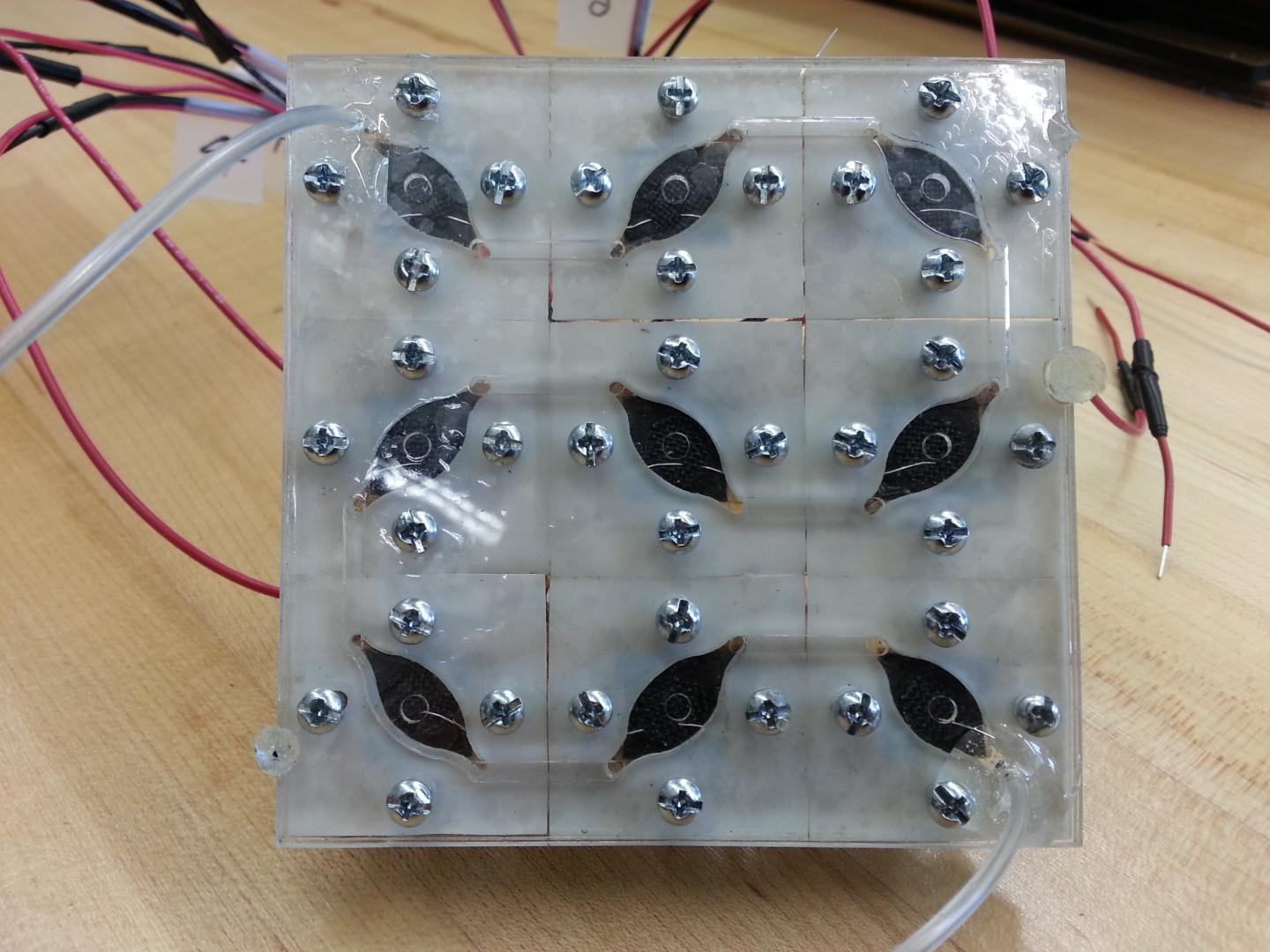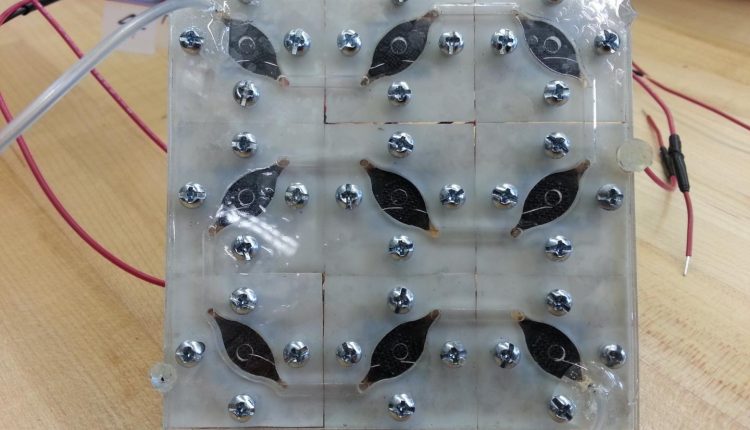Creating electricity with a bacteria-powered solar cell
Researchers have been thinking out-of-the-box when it comes to energy generation for some time. Think back to human waste power and power generated by footsteps.
Now, a team of engineers from Binghamton University is using bacteria to create energy.
The researchers connected nine biological-solar (bio-solar) cells into a bio-solar panel and were then able to continuously produce electricity from the panel — generating the most wattage of any existing small-scale bio-solar cells at 5.59 microwatts.

“Once a functional bio-solar panel becomes available, it could become a permanent power source for supplying long-term power for small, wireless telemetry systems as well as wireless sensors used at remote sites where frequent battery replacement is impractical,” said Seokheun “Sean” Choi, an assistant professor of electrical and computer engineering in Binghamton University’s Thomas J. Watson School of Engineering and Applied Science, and co-author of the paper.
The newly developed system brings the researchers a step further in their work toward using cyanobacteria as a source of clean and sustainable energy.
Last year, the group was able to build a better bio-solar cell by changing the materials used in anodes and cathodes of the cell and also created a miniature microfluidic-based single-chambered device to stored the bacteria instead of traditional dual-chambered bio-solar cells.
This time they connected nine identical bio-solar cells in a 3 x 3 pattern to make a stackable bio-solar panel. The panel generated electricity from photosynthesis and the respiratory activities of the bacteria s over a period of 60 total hours.
According to the researchers, “This could result in barrier-transcending advancements in bio-solar cells that could facilitate higher power/voltage generation with self-sustainability, releasing bio-solar cell technology from its restriction to research settings, and translating it to practical applications in real-world.”
While the work is groundbreaking, it’s still not quite at the efficiency level it needs to be. For example, a “traditional” solar panel on the roof of a house consisting of 60 cells in a 6 x 10 configuration can generate about 200 watts of electrical power, while the cells from this study would generate about 0.00003726 watts.
However, the findings pave the way for a future where scientists can leverage the power of bacteria and maximize power-generating capabilities. Cyanobacteria or algae have a low power density which make them less likely for practical applications, but with additional research, the team believes bacterial metabolism can be improved for bio-solar applications.
Based on the paper, “Biopower generation in a microfluidic bio-solar panel.”


Comments are closed, but trackbacks and pingbacks are open.